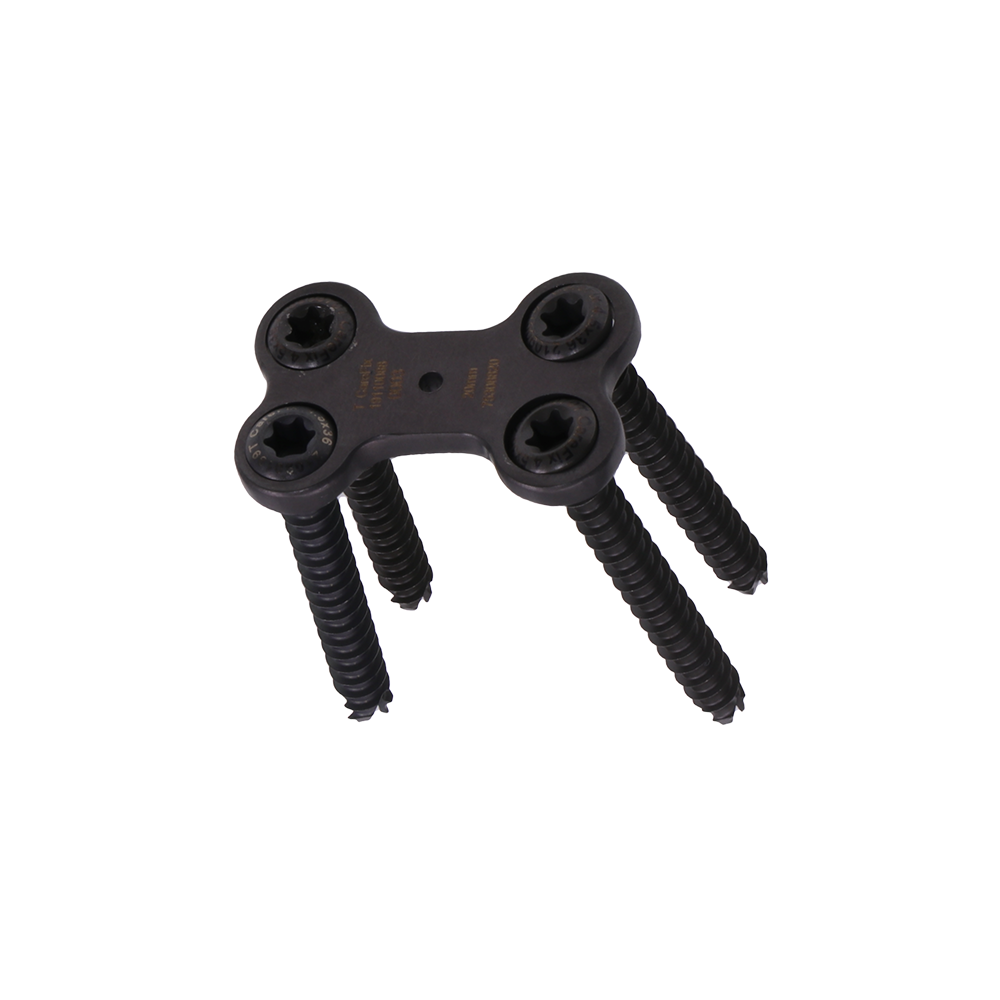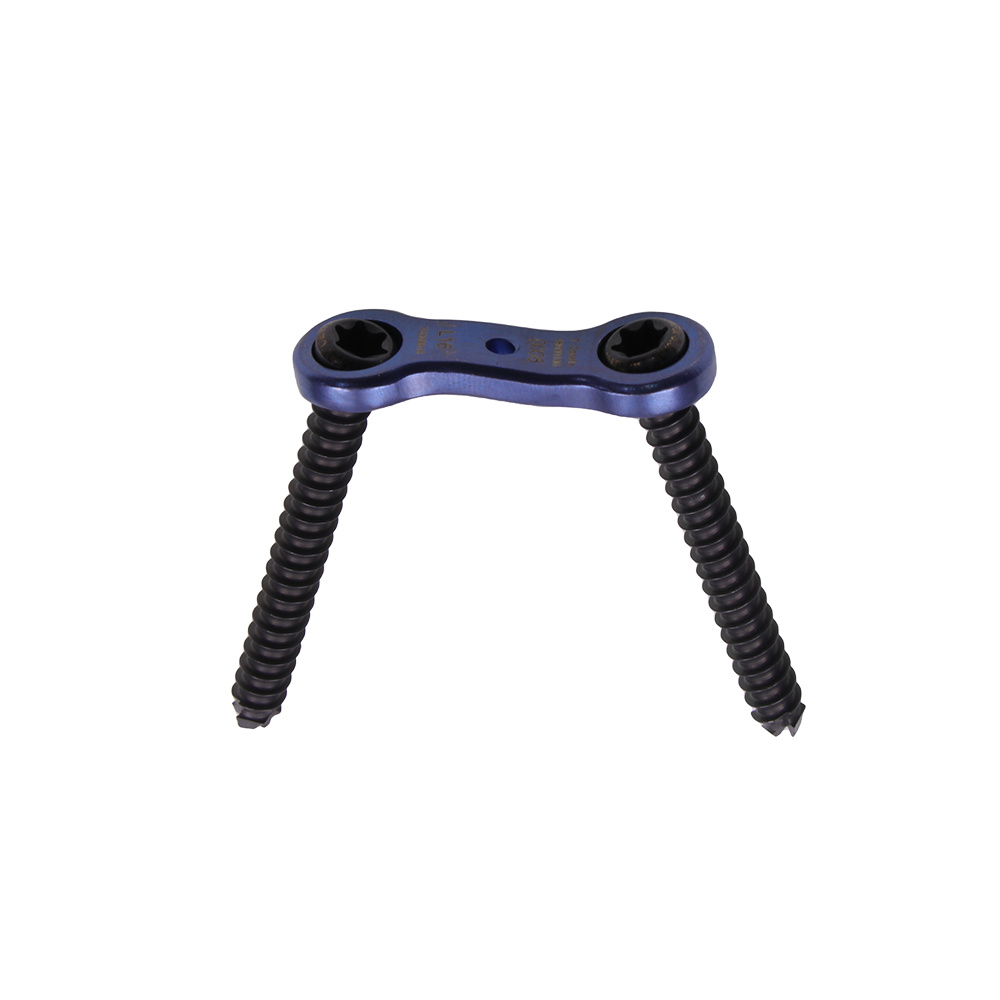orthopaedic plates and screws
Orthopaedic plates and screws represent essential components in modern surgical fixation systems, designed to provide stable internal fixation for bone fractures and reconstructive procedures. These medical devices are engineered using biocompatible materials, primarily medical-grade titanium or stainless steel, ensuring optimal tissue compatibility and long-term stability. The plates come in various shapes and sizes, specifically designed to match different anatomical regions and fracture patterns. They serve as mechanical supports that hold broken bones in proper alignment during the healing process. The screws, working in conjunction with the plates, secure the fixation system to the bone, creating a stable environment that promotes proper bone healing. Advanced surface treatments and designs minimize soft tissue irritation while maximizing construct stability. Modern orthopaedic plates feature low-profile designs and anatomically contoured shapes, reducing patient discomfort and improving surgical outcomes. The system's versatility allows surgeons to address simple fractures to complex reconstructive procedures, making them indispensable in orthopaedic surgery.


